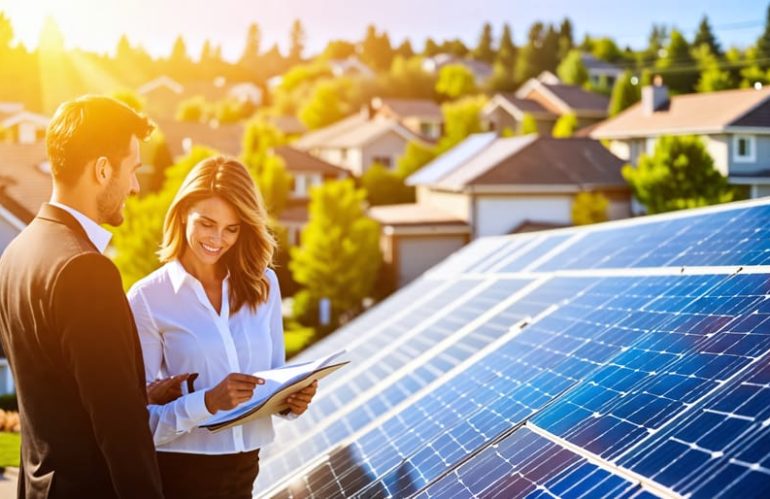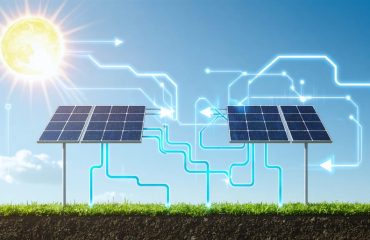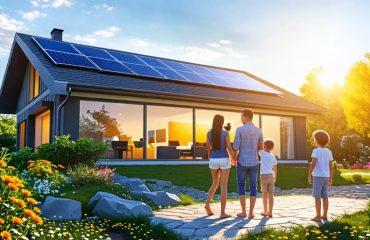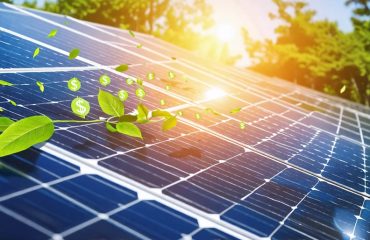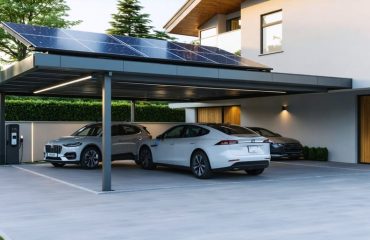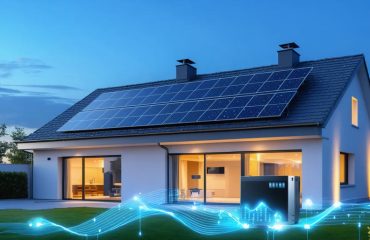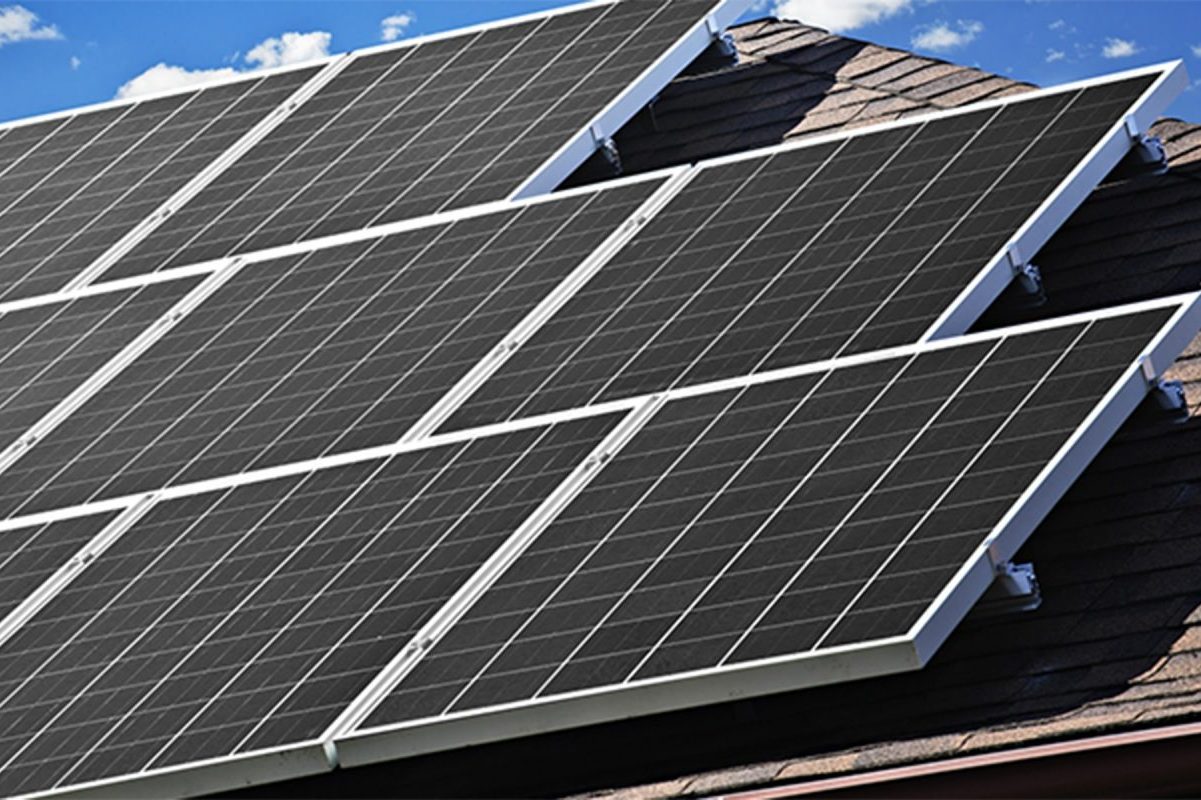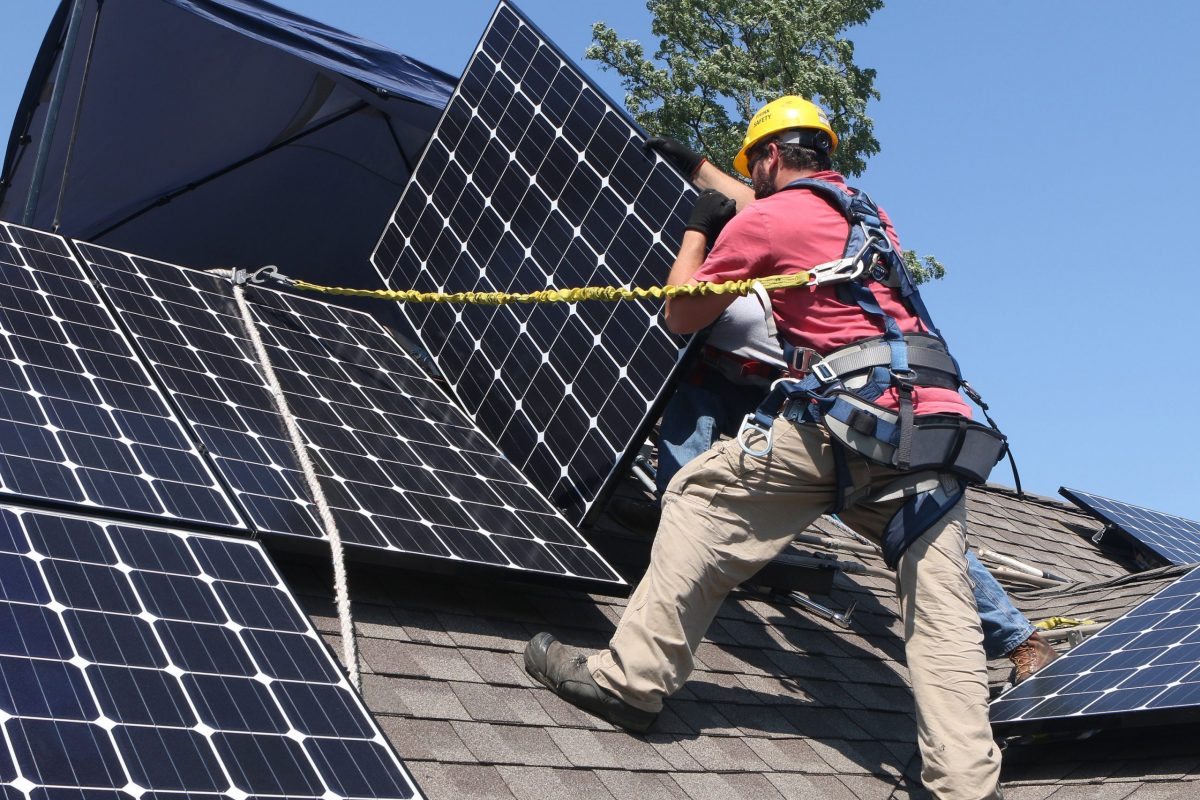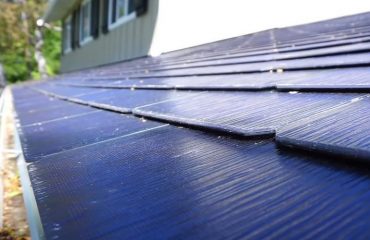Harness the sun’s power and slash your energy bills by installing solar panels on your home. Before taking the plunge into solar energy, arm yourself with these essential insights:
Assess your home’s solar potential. Consider factors like roof orientation, shading, and local climate to determine if your property is a prime candidate for solar. Use online tools or consult with a professional to calculate your solar savings potential.
Understand the costs and financing options. While solar panel prices have plummeted in recent years, it’s still a significant investment. Research available tax credits, rebates, and financing options like solar loans or leases to make your project more affordable.
Choose a reputable installer. Not all solar companies are created equal. Seek out experienced, licensed installers with a proven track record of quality work and customer satisfaction. Read reviews, compare quotes, and ask for references to ensure you’re getting the best value for your money.
By taking these steps before going solar, you’ll be well-equipped to make an informed decision that maximizes your energy savings and environmental impact for years to come.
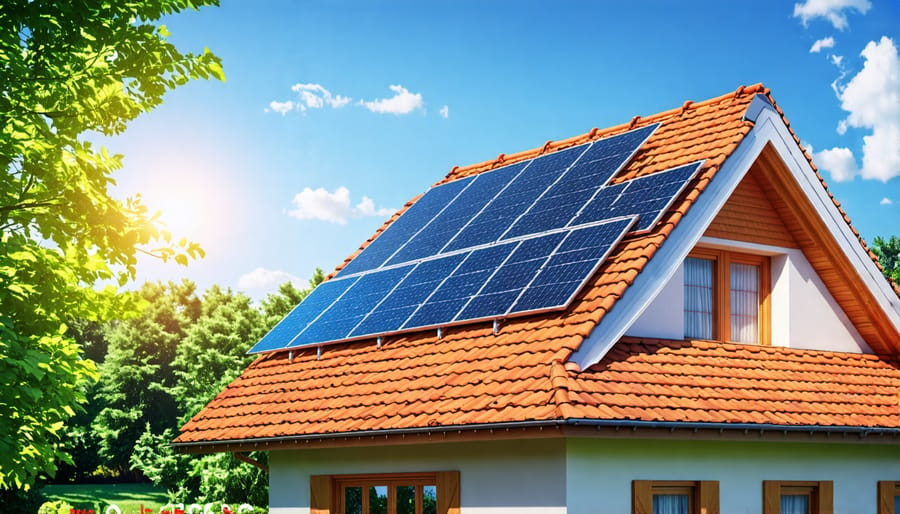
Sizing Your Solar Panel System
Calculating Your Energy Needs
To calculate your energy needs, start by reviewing your electricity bills from the past year. Add up your total kilowatt-hours (kWh) consumed and divide by 12 to get your average monthly usage. Consider any planned changes that may impact future consumption, such as adding an electric vehicle or home additions. Next, evaluate your home’s energy efficiency and identify areas for improvement, like upgrading appliances or insulation. These steps will help you determine the size and capacity of the solar panel system needed to meet your household’s electricity requirements. Don’t forget to factor in potential future increases in energy usage to ensure your system can accommodate your long-term needs. By accurately assessing your energy consumption and making necessary efficiency improvements, you’ll be well-prepared to make informed decisions when designing your solar panel system.
Panel Wattage and Efficiency
Solar panel wattage and efficiency are key factors to consider. Wattage refers to the power output of a panel under standard test conditions. Higher wattage panels produce more electricity but also cost more. Efficiency measures how well a panel converts sunlight into electricity. Most residential panels have efficiencies between 15-20%. Higher efficiency means more power output for a given panel size, which is beneficial if roof space is limited. However, the efficiency gains may not always justify the added cost. Focus on the total power output needed for your home and budget rather than just efficiency alone.
Costs, Incentives and Financing Options
The solar costs for a residential system depend on several factors, such as the size of your home, your energy needs, and the type of solar panels you choose. On average, a 6kW solar panel system, which is suitable for most homes, can cost between $15,000 to $25,000 before incentives. However, various tax credits and rebates can significantly reduce the upfront costs.
The federal government offers a 26% tax credit for solar installations through 2022, which can save you thousands of dollars on your investment. Many states and local utilities also provide additional incentives, such as cash rebates, performance-based incentives, and tax exemptions. These incentives can further lower the cost of going solar and make it more accessible for homeowners.
When it comes to financing your solar panel system, you have several options. You can purchase the system outright, which offers the greatest long-term savings but requires a significant upfront investment. Alternatively, you can opt for a solar loan, which allows you to spread the cost over several years while still enjoying the benefits of ownership. Some lenders offer specialized solar loans with low interest rates and flexible repayment terms.
Another popular financing option is a solar lease or power purchase agreement (PPA). With these arrangements, a third-party owns and maintains the solar panels on your roof, and you pay a fixed monthly rate for the electricity generated. While you may not see as much savings compared to ownership, leases and PPAs can be an attractive option for those who want to go solar with little to no upfront costs.
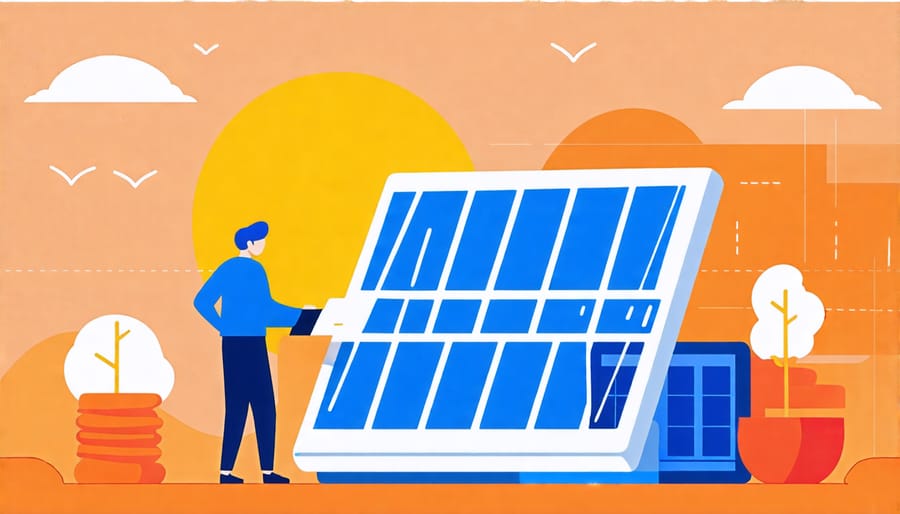
Choosing a Reputable Solar Installer
Licensing, Insurance and Warranties
When choosing a solar installer, ensure they are properly licensed, insured, and provide comprehensive warranties. Licensing demonstrates that the installer has met state requirements and possesses the necessary skills. Insurance protects you from liability if accidents or property damage occur during installation. Warranties cover the panels, inverter, and workmanship, giving you peace of mind that your investment is protected. A reputable installer will offer at least a 25-year warranty on panels and a 10-year warranty on the inverter and workmanship. Don’t settle for less, as cutting corners on these crucial aspects could lead to costly issues down the line.
Reviews and References
When vetting solar panel installers, customer reviews and references are invaluable. Search for reviews on the company’s website, social media, and third-party platforms like Yelp, Google, and the Better Business Bureau. Pay attention to comments about the quality of workmanship, customer service, and overall experience. Don’t just focus on the star rating; read the content of the reviews to get a well-rounded understanding. Additionally, ask potential installers for references from past clients and reach out to them directly. Inquire about their satisfaction with the installation process, system performance, and post-installation support. Genuine feedback from real customers can help you make an informed decision when choosing an installer.
Permits and Inspections
Before installing solar panels on your home, it’s essential to understand the permit and inspection process. In most jurisdictions, a building permit is required to ensure the installation meets local safety and zoning regulations. Your solar installer will typically handle the permitting process, which involves submitting detailed plans and specifications for review by the local building department.
Once the permit is approved, the installation can begin. After completion, a final inspection is necessary to verify that the system meets all applicable codes and standards. This inspection is crucial for ensuring the safety and quality of your solar panel installation.
The timeline for permits and inspections varies by location but typically takes several weeks. Factoring in this process is important when planning your solar panel project, as it can impact the overall installation timeline.
Working with a reputable and experienced solar installer is key to navigating the permit and inspection process smoothly. They will be familiar with local requirements and can ensure that your installation is completed efficiently and in compliance with all regulations. By understanding the permit and inspection process upfront, you can set realistic expectations and enjoy the benefits of your solar panel system with confidence.
Maintenance and Monitoring
To ensure your solar panels continue keeping your solar panels operating at their best, regular maintenance and monitoring are essential. Fortunately, solar panels are relatively low-maintenance, with no moving parts and a sturdy design built to withstand the elements. However, occasional cleaning to remove dirt, debris, or snow can help maintain optimal energy production. Most installers recommend an annual inspection to check for any damage or loose connections and to ensure your system is functioning correctly.
Many solar panel systems come with monitoring software that allows you to track your energy production and consumption in real-time. This feature helps you identify any issues or irregularities promptly, so you can address them before they impact your system’s performance significantly. If you notice a sudden drop in energy output, it could indicate a problem that requires professional attention.
While solar panels are designed to last 25-30 years, the inverter, which converts the generated DC electricity to usable AC electricity, may need replacement after 10-15 years. Planning for this eventual maintenance cost is important when budgeting for your solar panel system. By staying proactive with maintenance and monitoring, you can maximize your solar panels’ efficiency and enjoy the benefits of clean, renewable energy for decades to come.

